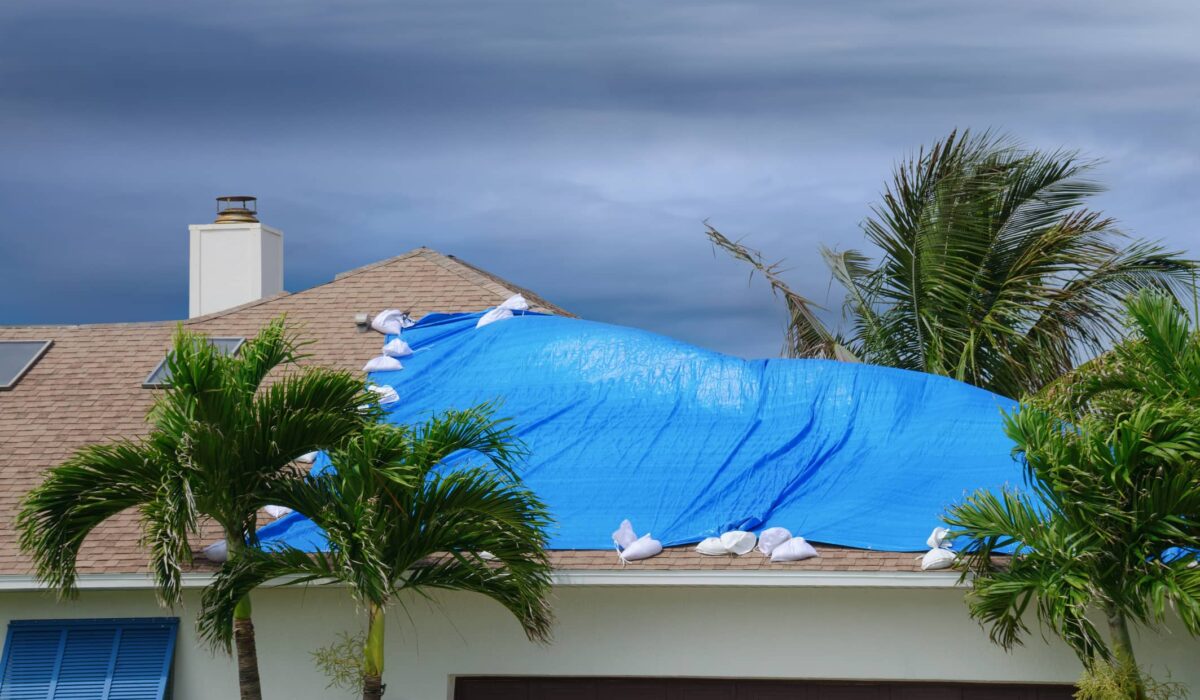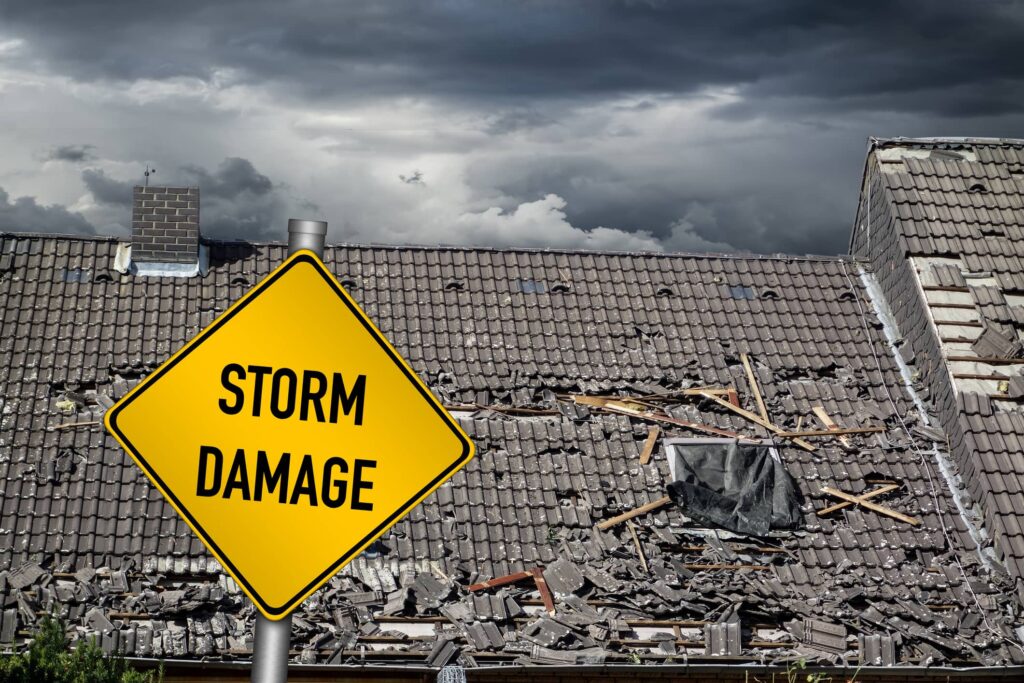Emergency Roofing Repairs: What to Do When Disaster Strikes
Introduction:
Roofing emergencies can strike at any time, from sudden leaks during heavy rains to storm damage that leaves your roof vulnerable. When disaster strikes, knowing how to respond promptly can prevent further damage to your home or business. In this guide, we’ll provide essential guidance on handling roofing emergencies, offering immediate steps to take and when it’s crucial to call a professional for assistance.
1. Immediate Actions When a Roofing Emergency Occurs
When you discover a roofing emergency, follow these immediate steps:
- Safety First: Ensure everyone’s safety by evacuating the affected area and avoiding any exposed electrical wiring.
- Contain the Leak: Place buckets or containers under the leak to collect water and prevent further interior damage.
- Tarp the Area: If safe to do so, cover the damaged area with a tarp or plastic sheet to minimize water ingress.
2. Storm Damage and Fallen Trees: What to Do
Storms can cause significant damage to your roof. Here’s what to do in such situations:
- Assess the Damage: Safely inspect your roof from the ground to gauge the extent of the damage.
- Document the Damage: Take photos or videos to document the damage for insurance purposes.
- Contact Professionals: For severe damage or fallen trees, call a professional roofing contractor immediately.
3. DIY Temporary Repairs: When Are They Appropriate?
Temporary repairs can be a short-term solution. Consider these instances:
- Small Leaks: If you identify a minor leak, you can apply roofing cement or sealant to stop it temporarily.
- Missing Shingles: If a few shingles are missing or damaged, you can replace them temporarily until a professional arrives.
4. When to Call a Professional
Certain situations require the expertise of a professional roofing contractor:
- Extensive Damage: For severe damage, large leaks, or structural issues, contact a professional immediately.
- Electrical Hazards: If there’s a risk of electrical hazards due to exposed wires or fixtures, don’t attempt repairs yourself.
- Insurance Claims: Professionals can assess the damage accurately and provide documentation for insurance claims.
5. Preparing for Future Emergencies
To minimize the impact of future roofing emergencies:
- Regular Maintenance: Schedule regular roof inspections to identify potential issues before they become emergencies.
- Trim Trees: Keep tree branches away from your roof to prevent damage during storms.
- Emergency Kit: Prepare an emergency kit with essential tools and materials for quick repairs.
Conclusion
Roofing emergencies can be stressful, but knowing how to respond promptly and effectively can make all the difference in preventing further damage to your home or business. Whether it’s a minor leak or extensive storm damage, following the steps outlined in this guide can help you take immediate action and protect your property. Remember, when in doubt or faced with significant damage, always seek the assistance of a professional roofing contractor to ensure a safe and lasting solution to your roofing emergency.





